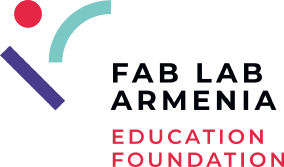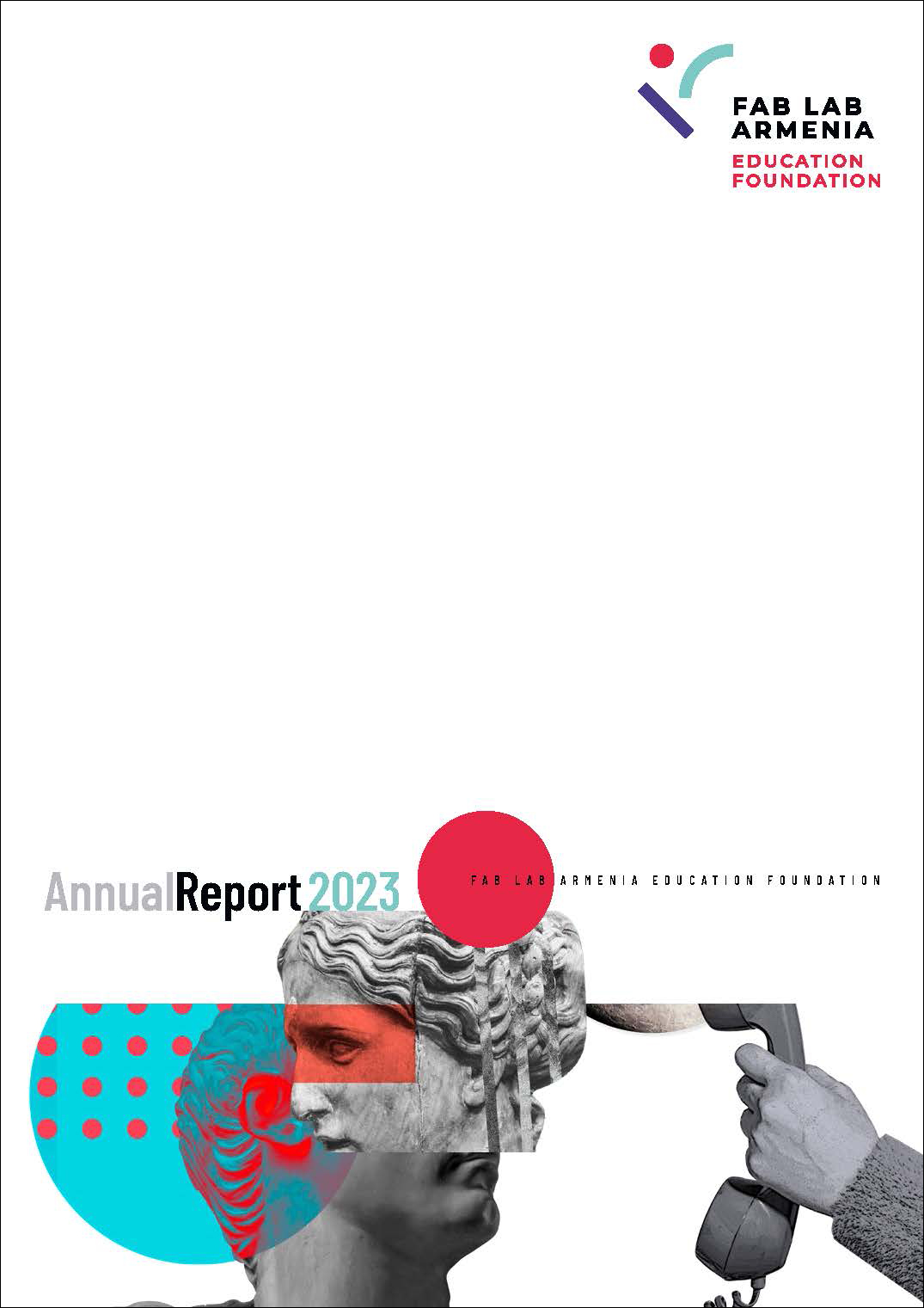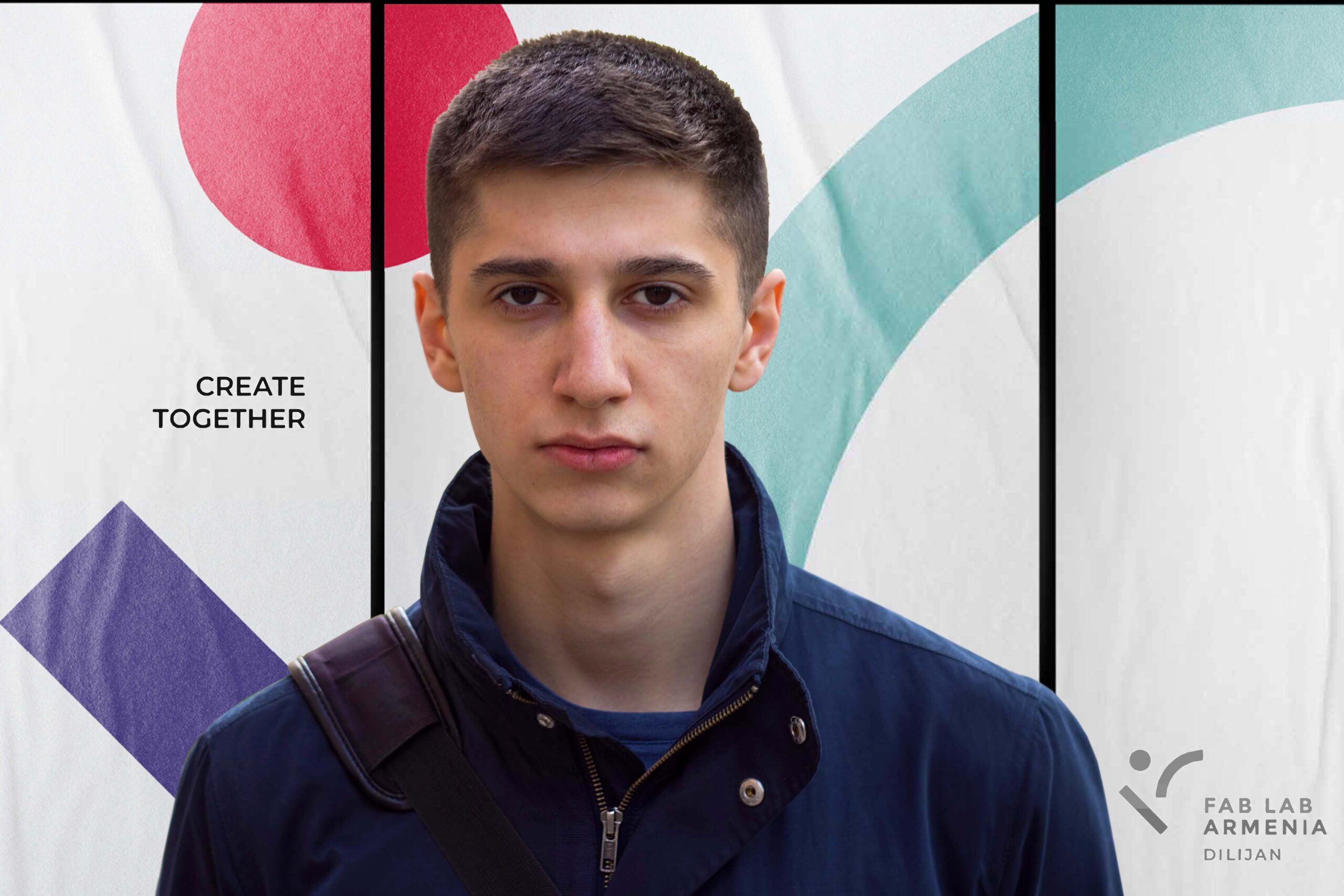
Preparing The New Generation of Innovators to Address the Emerging Digital Fabrication Economy
In a recent interview with Fab Lab Armenia Education Foundation, Michael Aramyan talks about the MIT Fab Academy Program that prepares the new generation of innovators to address the emerging Digital Fabrication economy.
For those who are hearing about the MIT Fab Academy program for the first time; it is a fast-paced, hands-on learning experience where you learn to innovate and do rapid prototyping by planning and executing a new project each week. This education that is learning by doing is also resulting in a personal portfolio with a rich range of technical accomplishments.
When asked about his Learning experience in the Fab Academy, Michael said, “It was simply amazing! Fab Academy gave me all the tools I needed to learn about digital fabrication. I was able to design and create anything I wanted.”
“One project that stands out in my mind is a lamp that I designed and created using a 3D printer. It was really satisfying to see my design come to life.”
Michael is a very mature and creative 22-year-old. He received his bachelor’s degree in physics from Yerevan State University, where he also worked as a technical specialist at the Research Center of Physics and Technology. He is currently completing a master’s degree in Autonomous Systems and Robotics at Russian Armenian University, while also working as a Control Systems Engineer for the National Polytechnic University of Armenia.
FLA: How did you find out about the Fab Academy program and what made you decide to undertake such a challenge?
Michael: I had known about Fab Academy from my friend Babken Chugaszyan when he was teaching at “Ayb” school, Yerevan. I was actively enrolled in projects at “Ayb” school’s Fab Lab and Babken had recommended to Jacqueline Karaaslanian, CEO and Co-founder of Learning Learning Architects in Boston. She was recruiting the first batch of Fab Academy Students for Armenia. After having an in-depth conversation with Jacqueline about Fab Academy I decided to enroll.
FLA: What were your responsibilities and time commitment during the 6-month intensive Fab Academy course?
Michael: The main responsibilities during the Fab Academy program are to complete the assignments/projects for each week and document the work in detail. One of the main and parallel commitments is also to help teammates overcome difficulties as they emerge.
- Applications for 2023 Open on September 1, 2022
- Classes start on Mid-January 2023
- Duration: 5 months of class + 1 of Evaluations
- Global Classes: Wednesdays 9:00 to 12:00 EST (ranging from 6:00 on the West Coast to 23:00 in Japan)
- Final project: Delivered on June 2023
- Dedication: 20-30 hours a week (depending on prior tech background)
- Language: The course is taught in English
FLA: Tell me about your inventions and what was your final project?
Michael: My invention is called a Wireless Charging Desk (also called: All Surface Wireless Charging Desk) — The idea was to make a prototype of an inductive charging desk that could wirelessly charge multiple devices. Through this project, I developed and designed an electrical circuit, other necessary components including 3D parts, CNC milled parts, etc., and successful manufacturer and test in our local Fab Lab in Dilijan. The system supports wireless charging with a special adapter attached to a device i.e., smartphone, tablet, or headphones. The further development of this project could lead to the ultimate solution of device charging in cafés, offices, and coworking spaces.
FLA: Who owns your Fab Lab inventions? How do you protect your intellectual property?
Michael: I’m the owner of my invention. Currently, my invention is not protected by any license, and there is no international patent for my invention.
FLA: Did the Fab Academy course include intellectual property rights and procedures, and how to protect your inventions?
Michael: Yes, students can use the open-source license for protecting their intellectual property.
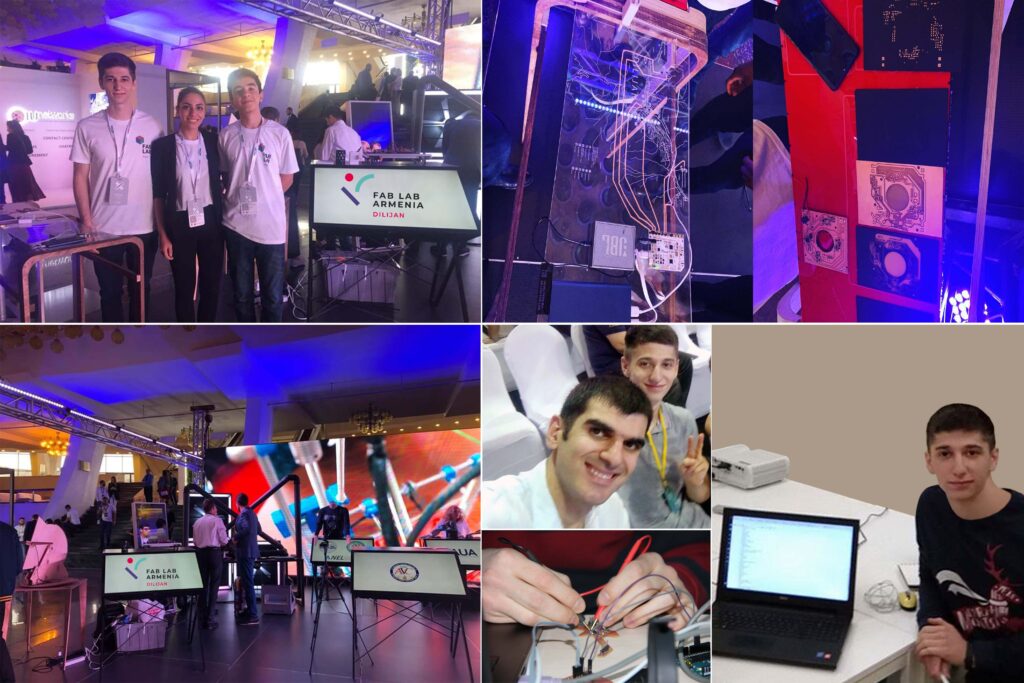
The Fab Academy Diploma is comprised of 20 Certificates:
- Principles And Practices
- Project Management
- Computer-Aided Design
- Computer-Controlled Cutting
- Electronics Production
- Computer-Controlled Machining
- Electronics Design
- Molding And Casting Or “Wild Card Week”
- Composites
- Embedded Programming
- 3d Scanning and Printing
- Input Devices
- Interface And Application Programming
- Mechanical Design
- Output Devices
- Networking And Communications
- Machine Design
- Applications And Implications
- Project Development
- The invention, Intellectual Property, And Income
FLA: What about bringing your invention to market as a brand, how to market it, and make it profitable?
Michael: I do believe that this product can be used in various places such as cafés, offices, and coworking spaces. With the right design and marketing strategy, it can become a profitable business.
FLA: You give the impression of someone who has a curious mind and is daring and a doer. Please tell us how your mind works and where does such inner strength and confidence come from?
Michael: Love what you do! The strength comes from the curiosity and willingness to try new things and challenge the status quo. Innovation requires hard work, and dedication, and requires creativity. This can be enabled only if a person loves what he or she does.
FLA: How would you advise or mentor other young people in Armenia to take on such challenges in life? What advice would you give them?
Michael: I would advise them to be as creative as possible, work hard, stay curious, and build self-discipline.
“I would advise them to be as creative as possible, work hard, stay curious, and build self-discipline.”
–Michael Aramyan
FLA: It appears to me that you have the capacity to imagine the impossible and innovate the status quo… how can you pass this skill on to others?
Michael: The capacity to imagine the impossible comes from the ability and courage to challenge the unknown and the willingness to persist and find answers to your questions. Also, long-term thinking comes in handy. I would advise all students to think and imagine beyond the immediate, the hard work always pays off when you think long term.
FLA: As most people know, the MIT Fab Lab and Fab Academy were created by Physicist Neil Gershenfeld. He is the founder of MIT’s Center for Bits and Atoms, a sister lab to the well-known Media Lab. Professor Gershenfeld was deeply inspired by Professor Seymour Papert’s theory of constructionist theory. Papert was one of the founding fathers of Artificial Intelligence and a pioneer in bringing computers and creative programming in education According to Papert, the best way to build your knowledge is through the active construction of something shareable, whether it is a poem, a program, or the model and prototype of an idea.
Michael: I have always learned best when I used a “Papert Constructionist Model” which, combined with the Fab Academy program, teaches us to master the concept of “active construction” for continuous innovation has led me to innovate for the greater good. Creating something for a bigger purpose than myself is what keeps my motivation very high.
FLA: In traditional schooling, Learning was separate from doing. Today we are all aware of a much-needed change in how we teach and learn. There is now affluence of online sharing of best tutorials or classes. How does Fab Academy fit in this new landscape?
Michael: The lectures and homework are a great way to learn new things but only when students are also actively engaged in creating. They need to feel that they are doing something important (something cool) and useful. Fab Academy gives you access to a network of people who can think big and different while each working from your own local FabLab. Fab Academy’s mission is to think global, act locally and improve the world.
I find “learning by doing” far more exciting and interesting than traditional schooling. “Learning by doing” includes more thinking and creative work than traditional schooling.
I find “learning by doing” far more exciting and interesting than traditional schooling. “Learning by doing” includes more thinking and creative work than traditional schooling.
FLA: Michael, what are you passionate about?
Michael: I’m very passionate about science. My goal is to become a great scientist one day.
As for my hobbies and interests, they are mainly about new technologies, but also about mixed martial arts, and coffee making.
FLA: What do you value most in Life?
Michael: I value people. I want to always see everyone around me be happy and successful at achieving their goals.
FLA: What is the next step for you, what are your plans for the next 3-5 years?
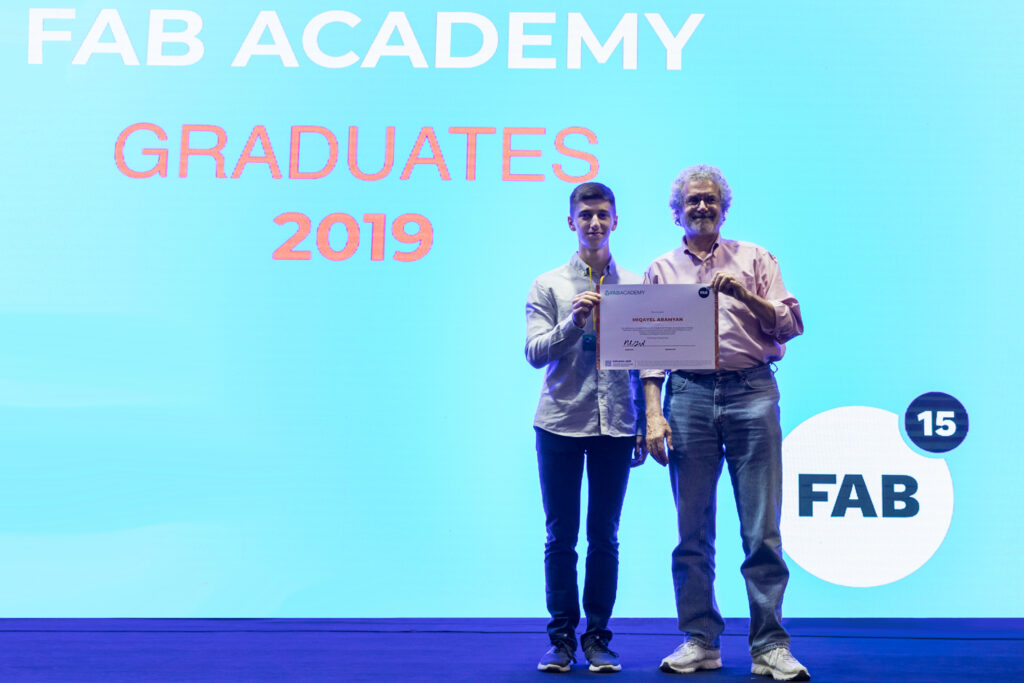
Michael: I’m planning to do a Ph.D. in the US in the field of control theory.
FLA: What do you see as a powerful vision for Armenia’s future?
Michael: Armenia could become one of the scientific centers of the world because Armenia has such a high intellectual capacity and human capital.
I think Fab Lab can become one of the great educational platforms in Armenia and support great learning environments such as TUMO, Ayb, and more. I hope to see Fab Labs growing in all regions and expanding. I wish the best to Fab Lab Armenia Education Foundation and I’m always happy to help and support this great initiative in any way possible. Thanks to Jacqueline Karaaslanian for her support and readiness to always support me, I really appreciate it. Also, many thanks to Babken Chugaszyan and Mariam Nahapetyan, my colleagues during Fab Academy. I want to add my special thanks to the Central Bank of Armenia for making Fab Lab possible in our country.
My special thanks to the Central Bank of Armenia for making Fab Lab – Armenia possible in our country.
–Michael Aramyan
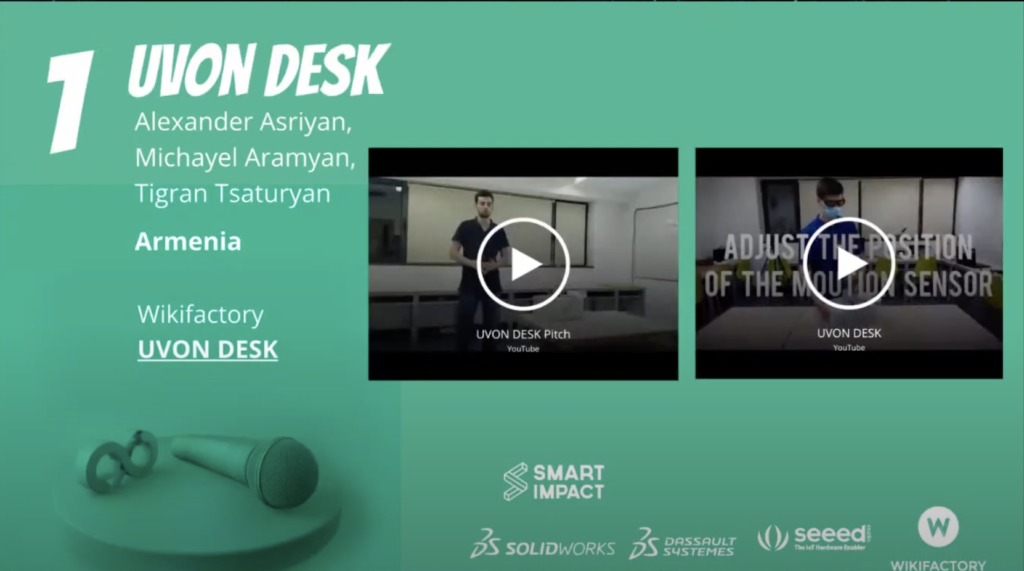
#fablabarmenia #fablab #fabacademy #learningbydoing #digitalmanufacturing #MITMediaLab
